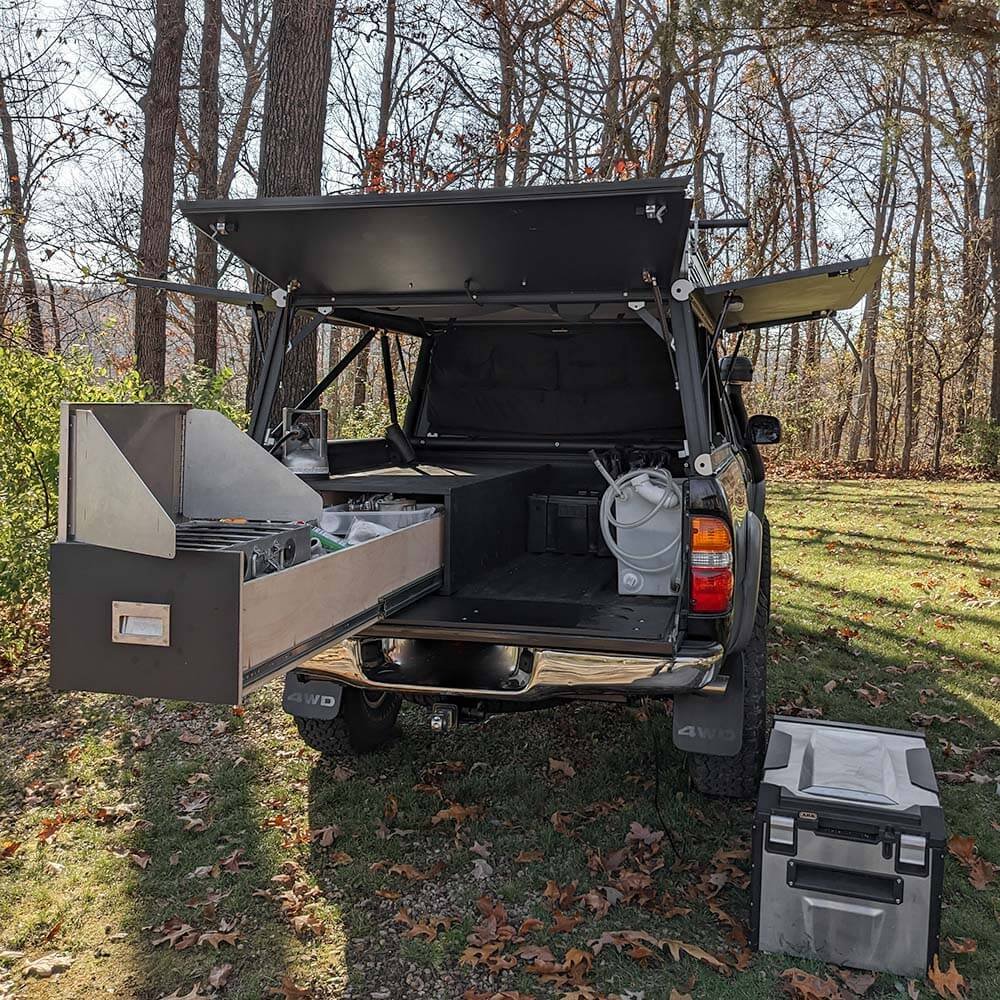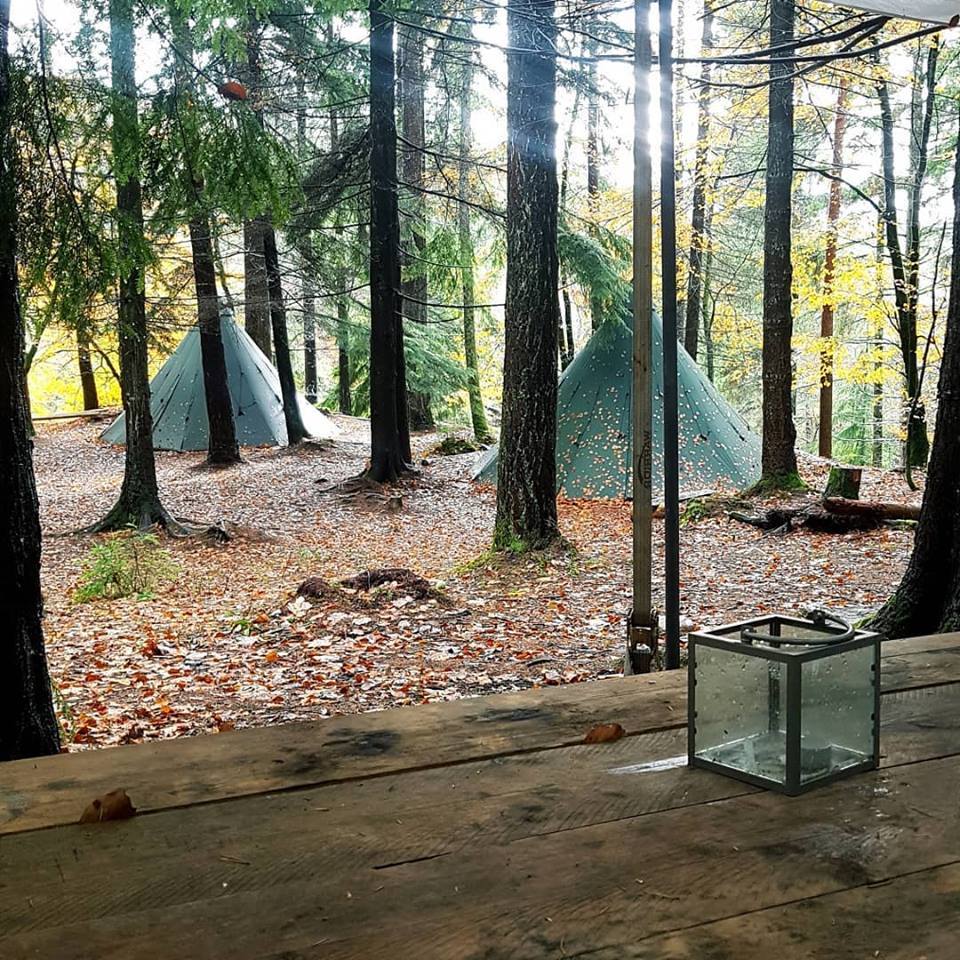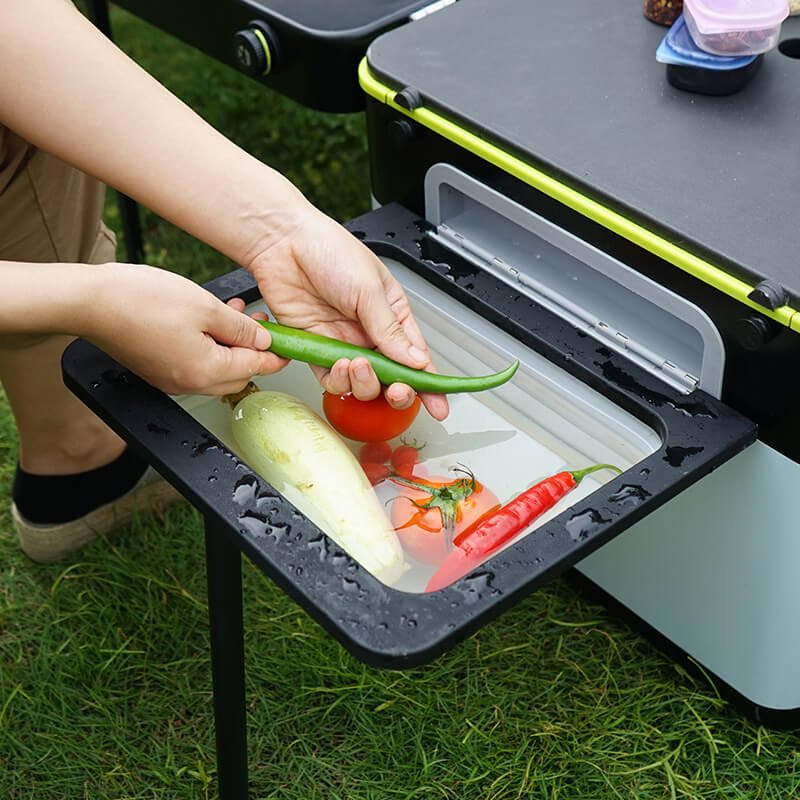Introduction
When it comes to the best camping gear, there are a few essential items that every camper should have. These items not only make your trip more comfortable, but also help ensure your safety and enjoyment while in the great outdoors.
One of the most important pieces of gear is a good quality tent. A durable and weather-resistant tent is essential for providing shelter and protection from the elements. Look for a tent that is easy to set up and pack away, as well as one that provides ample space for sleeping and storage.
Camping is a great way to connect with nature and escape the hustle and bustle of everyday life. Whether you’re an experienced outdoor enthusiast or a newcomer to the camping world, having the right gear can make or break your camping experience. In this article, we’ll explore the best camping gear on the market, from tents and sleeping bags to cooking equipment and backpacks.
Part 1: Shelter
A reliable camping stove is also an important piece of gear to have. A quality camping stove will allow you to cook hot meals and make hot drinks while at your campsite, without the need for an open fire. Look for a stove that is compact, lightweight, and easy to use, and make sure to bring along plenty of fuel for your trip.
Level 1: Tents
When it comes to tents, it’s important to consider factors such as size, weight, and weather resistance. The Marmot Tungsten 3P Tent is a popular choice for its spacious interior, lightweight design, and durable construction. For solo campers, the REI Co-op Quarter Dome SL 1 Tent offers a lightweight and compact option with plenty of headroom.
Level 2: Hammocks
For campers looking for a more lightweight and versatile shelter option, hammocks are a great choice. The ENO DoubleNest Hammock is a favorite among outdoor enthusiasts for its durable and comfortable design. Pair it with the ENO Atlas Straps for easy setup and maximum stability.
Part 2: Sleeping
Level 1: Sleeping Bags
A good sleeping bag is essential for a comfortable night’s sleep in the great outdoors. The North Face Cat’s Meow Sleeping Bag is a versatile and reliable option for all types of weather conditions. For colder temperatures, the Western Mountaineering UltraLite Sleeping Bag offers superior warmth and insulation.
Level 2: Sleeping Pads
To add an extra layer of comfort and insulation, a sleeping pad is a must-have for camping trips. The Therm-a-Rest NeoAir XLite Sleeping Pad is a highly-rated option for its lightweight and compact design, while the REI Co-op Camp Bed Self-Inflating Sleeping Pad provides extra cushioning and support.
Part 3: Cooking
Level 1: Camp Stoves
A reliable camp stove is essential for preparing hot meals and beverages while camping. The Jetboil MiniMo Cooking System is a compact and efficient option that’s perfect for solo campers or small groups. For larger groups, the Camp Chef Everest 2 Burner Stove offers powerful heat output and versatile cooking options.
Level 2: Coolers
Keeping food and drinks cold is important for a successful camping trip, and a high-quality cooler can make a big difference. The YETI Tundra 65 Cooler is a top choice for its durable construction and impressive ice retention capabilities. If you’re looking for a more budget-friendly option, the Coleman Steel-Belted Cooler is a classic and reliable choice.
Part 4: Backpacks
Level 1: Daypacks
A good daypack is essential for carrying essentials such as water, snacks, and first aid supplies while exploring the great outdoors. The Osprey Talon 22 Backpack is a popular choice for its comfortable and ventilated design, while the Patagonia Black Hole Pack offers a durable and water-resistant option.
Level 2: Hiking Backpacks
For longer camping tIntroduction:
Camping is a great way to connect with nature and escape the hustle and bustle of everyday life. Whether you’re an experienced outdoor enthusiast or a newcomer to the camping world, having the right gear can make or break your camping experience. In this article, we’ll explore the best camping gear on the market, from tents and sleeping bags to cooking equipment and backpacks.
Part 5: Sleeping Gear and Cooking Gear
Level 1: Sleeping Gear
- The most essential sleeping gear for camping is a good quality sleeping bag. Look for one that is rated for the temperatures you expect to encounter and is made from lightweight and compressible materials.
- A sleeping pad is also important for providing insulation and comfort while sleeping outdoors. There are many options available, from simple foam pads to inflatable air pads.
Level 2: Cooking Gear
- For cooking while camping, a portable stove or grill is essential. Look for one that is lightweight, easy to use, and has a reliable fuel source.
- A set of durable cookware, including pots, pans, and utensils, is also important for preparing meals while camping. Look for non-stick options that are easy to clean and pack.
Part 6: Navigation Gear and Lighting Gear
Level 1: Navigation Gear
- A reliable map and compass are essential for navigating while camping. Make sure to familiarize yourself with how to use them before heading out on your trip.
- A GPS device can also be a valuable tool for navigating while camping, especially in unfamiliar terrain. Make sure to bring extra batteries or a portable charger to keep it powered.
Level 2: Lighting Gear
- A good quality headlamp is essential for navigating and accomplishing tasks in low-light conditions while camping. Look for one with a long battery life and adjustable brightness settings.
- Lanterns or string lights can also be useful for providing ambient lighting around the campsite. Look for options that are durable and weather-resistant.
Part 7: Hydration Gear and Safety Gear
Level 1: Hydration Gear
- A reliable water filtration system is essential for ensuring access to clean drinking water while camping. Look for options that are lightweight and easy to use.
- A hydration pack or water bottles that are durable and leak-proof are also important for staying hydrated while hiking and exploring the outdoors.
Level 2: Safety Gear
- A first aid kit is an essential item to have while camping. Make sure to stock it with basic medical supplies, as well as any necessary medications for members of your group.
- A multi-tool or knife can be a versatile tool for completing tasks and handling emergencies while camping. Look for options with a variety of functions, such as cutting, screw-driving, and bottle-opening capabilities.
Conclusion
For those who enjoy hiking or exploring while camping, a good pair of hiking boots or shoes, a comfortable and durable backpack, and a reliable map and compass are also important pieces of gear to have on hand.
Overall, the best camping gear is designed to make your outdoor adventures more enjoyable and comfortable, while also ensuring your safety and preparedness for any situation that may arise. Investing in high-quality gear will not only enhance your camping experience, but also provide peace of mind while enjoying the beauty of the great outdoors.
Investing in high-quality camping gear can greatly enhance your outdoor experience and provide comfort, safety, and peace of mind. From shelter and sleeping essentials to cooking equipment and backpacks, there are plenty of options to suit every camper’s needs and preferences. By choosing the best camping gear for your specific needs, you can maximize your enjoyment of the great outdoors and create lasting memories of your camping adventures.





























